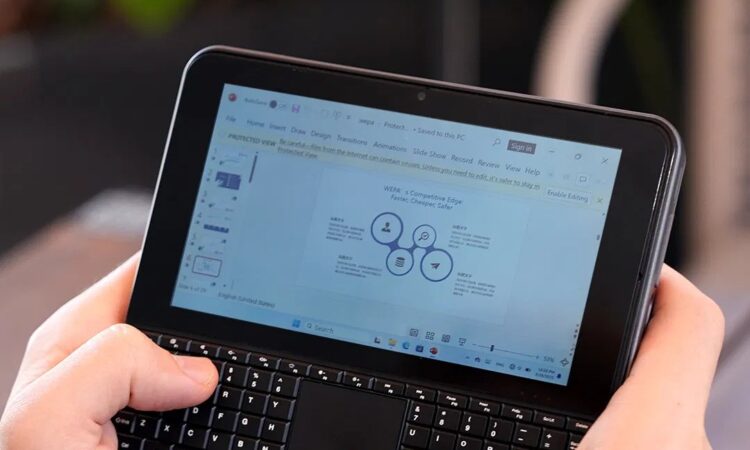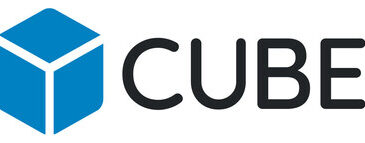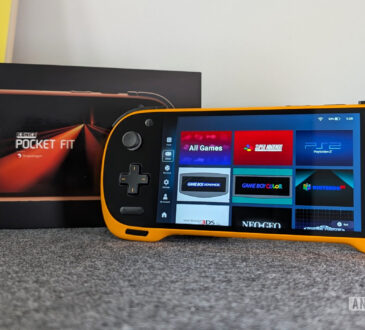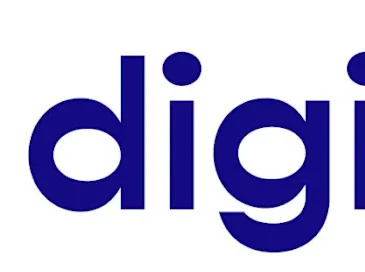OmniOne handheld PC has an Intel N150 processor, 5.7 inch screen, and thumb keyboard (crowdfunding)

Nearly two decades after the rise and fall of the UMPC category, handheld computers with x86 processors are having a moment. But most modern handhelds that fit that description are made for PC gaming.
The Hyperstrix OmniOne Pocket PC is something different. This handheld computer doesn’t have game controllers or high-performance graphics. Instead it’s positioned as more of a productivity or general purpose handheld computer. It has a 5.7 inch HD touchscreen display, a thumb keyboard with a trackpad in the middle, an Intel N150 Twin Lake processor that should be good enough for bask tasks, and plenty of full-sized ports.

You can’t actually buy the OmniOne yet though: right now its makers are running a Kickstarter crowdfunding campaign. While the campaign has already reached its funding goal, there’s always some risk involved in crowdfunding, so there’s no guarantee that the OmniOne will ship in February as expected or that it will fully live up to its promise.
That said, it’s interesting to see a new device in this long-neglected category. And it’s a reasonably affordable option – with Kickstarter reward levels starting at $359, the OmniOne costs about as much as a budget laptop… but it’s a lot more portable than most laptops.
Measuring 158 x 135 x 20mm (6.2″ x 5.3″ x 0.8″) and weighing 326 grams (11.5 ounces), the OmniOne is probably a bit too wide to be considered pocket-sized. But it’s still not much larger than a smartphone, making it pretty easy to throw in a bag (or maybe a coat pocket) and carry with you.

With a 6-watt Intel N150 quad-core processor, the computer isn’t exactly going to be a speed demon. But that chip can support up to a 12 watt TDP and it should be able to handle light web browsing, document editing, media playback, and even light gaming, among other things.
The OmniOne is available in 3 configurations:
| RAM + Storage | Launch special | Kickstarter special | Retail |
| 8GB + 256GB | $359 | $399 | $429 |
| 16GB – 512GB | $419 | $459 | $489 |
| 32GB + 1TB | N/A | $689 | $869 |
Both the memory and storage are user upgradeable: the OmniOne has a removable panel on the back that reveals a single SODIMM slot for DDR4-3200 memory and an M.2 2280 slto for PCIe 3.0 NVMe or SATA storage.

The computer’s body is made from a mix of plastic and metal and includes components made from “fireproof nylon,” acrylic, and silicone. There’s a fan inside the case for active cooling and vents on the sides.
It also features a 1MP front-facing camera for video calls, dual microphones, and stereo 2W speakers. It has a G-sensor for automatic screen rotation, and supports WiFi 6 and Bluetooth 5.2.
And there’s a surprisingly robust set of ports including:
- 1 x HDMI 2.0
- 1 x DisplayPort 1.2
- 1 x Ethernet
- 2 x USB Type-C
- 2 s USB Type-A
- 1 x 3.5mm audio

The system supports up to two external displays, allowing you to hook it up to a TV or monitor to deliver presentations or watch videos, among other things. The built-in display, meanwhile, supports up to 400 nits brightness and 5-point multitouch input.
Now for the bad news: if you’re wondering how the company managed to squeeze the guts of a budget laptop into a device this small, one part of the answer is by using a really tiny battery. The OmniOne’s internal battery has a capacity of just 16.34 Wh. The company says that’s enough for 3 hours of battery life while watching videos or “more than 5 hours” of office work including web surfing, document editing, and participating in Zoom calls.
But in my experience, video playback tests usually give you a best case scenario. I’d expect that if the battery dies just before you can finish watching Avengers Endgame, you’ll probably get less time than that while actively interacting with the device.
That said, you should be able to get additional run time by plugging in a USB power bank. The OmniOne comes with a 36W USB-C power adapter, but it should work with any adapter or power bank that delivers 35W or more.




